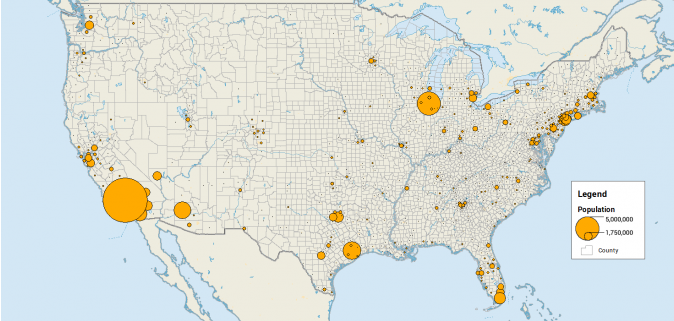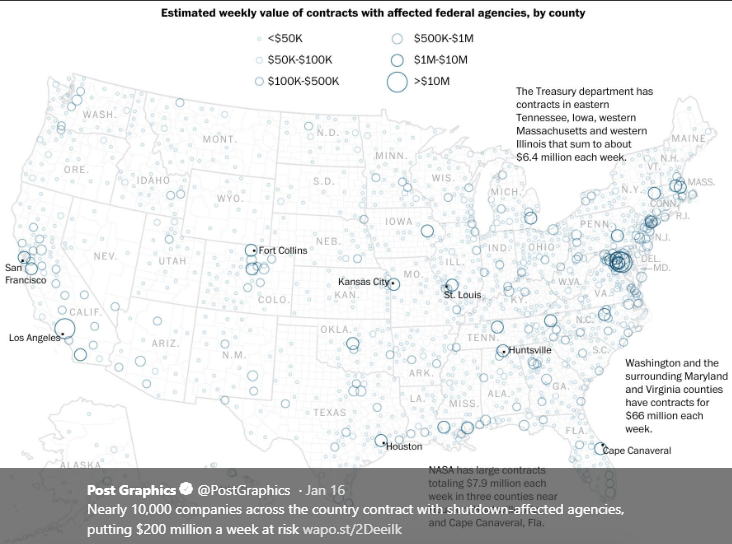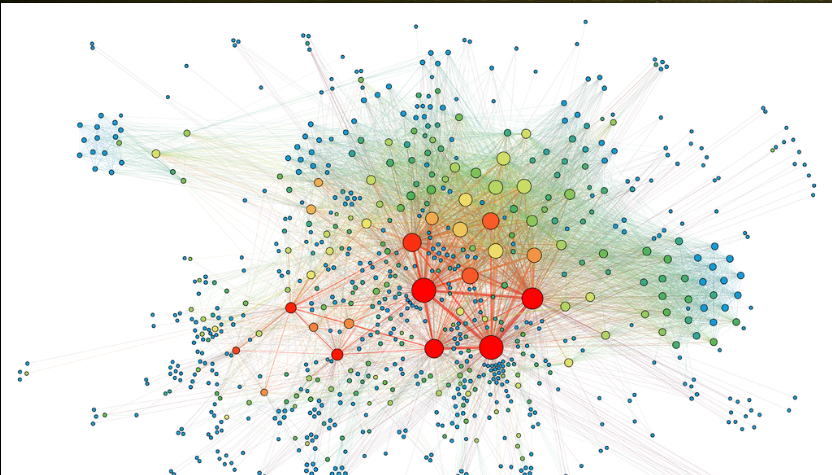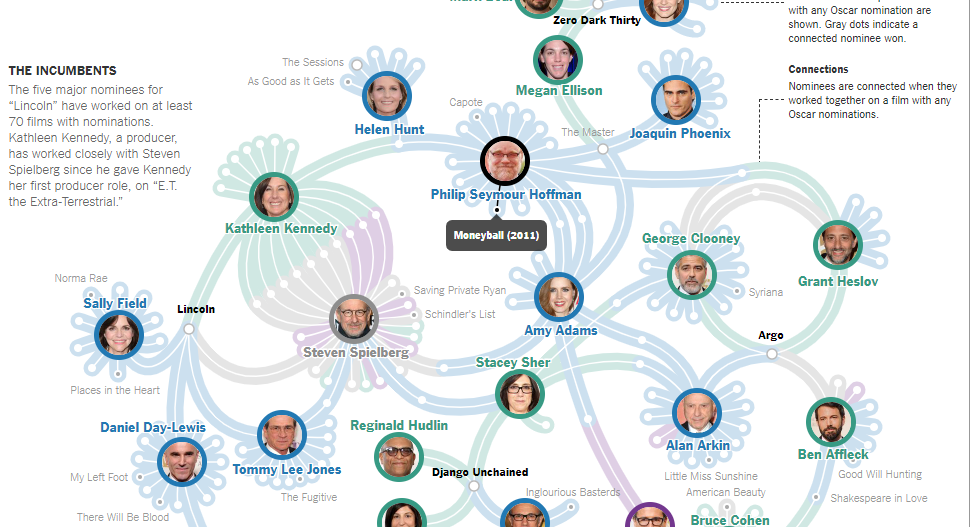-
-
Pirate Trials Rough Draft
Opening paragraph will have brief history of piracy and the documents used for this project.
-
Help adding images
When I attempt to add images to my map I get this error message (see second image below). Has anyone else experienced this? Any suggestions on what to do?
-
Wire Frame International Pirate Trials
Image of the trial of Captain Kidd, 1701. Retrieved from bluebird-electric.net -
International Pirate Trials
International Pirate Trials
Data Critique
This data set is created from the Law Library of Congress’ collection of trial records on piracy (https://www.loc.gov/law/help/piracy/piracy_trials.php). The documents range between 1696-1905. As it is still in creation (by me), the specifics of what is recorded is subject to change. Currently, the dataset identifies: the name of the person on trial, the date and location of the trial, where they are from (if known), the charges against them and the outcome of the trial. It also includes the ship, if relevant and any extra notes that seem pertinent.
-
God and Freedom
Looking through the list of terms the word god stood out to me. This led me to choose my additional words- lord, free, freedom and master. I know only a little about attempts to Christianize slaves and that there were some slaves who adopted the religion of their masters and those that took some aspects of it but made it their own. This is interesting to me and I was curious about whether the texts we are analyzing made any associations between god or religion and freedom. I included master as it was the second most used word and to see how often these other words were used in proportion to that word.
-
Networks
1: Over time, individual clusters are brought together with other clusters through connectors. What interested me was that while some individuals were strengthening their networks smaller clusters were forming outside the main networks. Over time these are slowly brought into the larger network through connectors, like William Corry Esqr. Other big connectors were John Wemp, Esras Teganderasse, Aron Oseragighte and Anna Clement. Some of these brought groups together then their number of connections decreased relative to those around them. There names began to blend in, with some exceptions, like Anna Clement and Esras Teganderasse and Michael Montour who seem to be who are holding the two large networks together.
-
Symbol Map & Force Directed Network Graph
Symbol Map
A symbol map, also referred to as a bubble map, is used to depict proportional data geographically, hence the word map. This type of map uses dots or another marker to show where something is located on a map and how much of that thing there is. The larger the marker the more there is of that thing. There are two different kinds of symbol maps. First, is the proportional symbol map (Fig. 1). These use markers to show the amount of something based on the size marker displayed. The smallest dot is fixed by the creator and then as more data is inputted the larger the dot becomes. When looking at a proportional map the viewer can easily see where there is more of the thing being counted. Viewers can zoom in to get more precise data about a particular location. The other type is a graduated symbol map. With this type of map each sized dot is assigned a specific number or range of numbers called classes (Fig. 2). They are both similar in that they both are based on scales of data, but one uses classes and the other does not. These maps often use size alone to depict the data, but color could also be used to make different groupings depending on what additional values you wish to portray. These maps are different than dot maps that use only one sized marker and add or subtract dots rather than increasing and decreasing in size.

Figure 1 (https://gisgeography.com/dot-distribution-graduated-symbols-proportional-symbol-maps/)
This map is best for comparing quantitative measures geographically, such as cat populations or number and location of earthquakes in 1906. A symbol map can easily and quickly show where there are more cats or earthquakes based on the size of their markers. Sometimes, users can zoom in and out to decide what level of granularity is necessary. One problem is that large markers may hide smaller ones. A possible way to prevent this is to make the larger markers more transparent so the smaller dots show through. Also, very large markers will make it difficult to see where exactly the marker lies on the map, so symbol maps may not give the precision one is looking for. Proportional symbol maps rely on marker size, in proportion to other markers, to depict the data,. It is not always clear which marker is bigger or smaller. Consolidating the data into distinct classes and making a graduated symbol map, can make it a bit clearer. These maps are meant to give overall trends and not specifics, though. They are not good for representing change over time without getting crowded and confusing or for representing qualitative data.

Figure 2 (Graphics by Kate Rabinowitz and Lauren Tierney- https://twitter.com/PostGraphics)
The map above is an example of a symbol map that breaks the data up by class. This symbol map is depicting the number of companies that have contracts with government agencies that were affected by the shutdown in 2018. The larger the circle the more money affected. This is a speculative map about potential outcomes of the shutdown and gives and idea of where government contractors are located and how much money they are making from the government. It gives a broad overview of the quantitative data. The circles make it a little difficult to see but it does help prevent larger circles from obscuring the smaller ones, except around D.C. were the circles are denser. The added text highlights some spots they think are particularly significant to their argument.
(2016) GIS Geography. Dot Distribution vs Graduated Symbols vs Proportional Symbol Maps. https://gisgeography.com/dot-distribution-graduated-symbols-proportional-symbol-maps/
(2019). Making sense of data visuals. Seeing Data. http://seeingdata.org/taketime/inside-the-chart-proportional-symbol-map/
Capitula, C. (2014). Tableau Essentials: Chart Types- Symbol Map. Interworks. https://interworks.com/blog/ccapitula/2014/08/18/tableau-essentials-chart-types-symbol-map/
Forced Directed Network Graph
A forced directed network graph is a “node-and-link graph” (Wu, 2015). It shows how the different nodes connect to each other. Nodes can be different sizes or colors depending how many variables you want to show. They use programs and algorithms to input data and either attract or repel nodes, based on the information imputed into the algorithm, to make a visually pleasing and easy to understand graph. This process is similar to positive and negative charges. The user also has some ability to manipulate the data once the graph is made (Wu). This process is what makes it different that traditional node-and-link graphs. Some forced networks are interactive and some just rely on the clustering or closeness of nodes to show stronger relationships. These graphs are simple and easy to understand (Fig. 1).

Fig. 1 (Martin Grandjean: https://en.wikipedia.org/wiki/Force-directed_graph_drawing#/media/File:SocialNetworkAnalysis.png)
An example is the graph below (Fig. 2) is taken from a New York Times article about Oscar winners. The original is interactive. This small piece of a much larger infograph shows some of the winners of the Oscars in 2013. They are the nodes and each node are color coded by which category they were nominated under, such as actress or director. The links connect each winner to others on the graph. When you hover over the links it tells you which movie they worked together on. Obviously, the ones with the most links worked together the most such as Kathleen Kennedy and Steven Spielberg. This layout clearly shows the relationships between Oscar winners.

Fig. 2 (Mike Bostock, Shan Carter and Josh Keller: https://archive.nytimes.com/www.nytimes.com/interactive/2013/02/20/movies/among-the-oscar-contenders-a-host-of-connections.html)
This network graph is great for showing relationships between qualitative data but can also show qualitative data. Take the example above, the Oscar winners. It shows the relationships between winners but also how many projects each worked on together. It used both qualitative and quantitative data to make its point. Therefore, researchers can use this type of visualization to both see connections but also understand better the quality or importance of those connections. It may even lead users to discover new or important connections that were previously missed. But there are many types of data this graph would not be useful for such as number of earthquakes or cat populations. There needs to be a relationship between the different nodes.
Wu, S. (2015). Understanding the force. https://medium.com/@sxywu/understanding-the-force-ef1237017d5
-
Whaling Crew List Database
This dataset was created by the Whaling Museum and the New Bedford Free Public Library and is updated once a year. This set shows all men who left New Bedford, MA on whaling vessels between the years 1809-1927. The data was originally recorded by Custom officials and was then later transcribed by chaplains of the New Bedford Port Society. Each row is an individual sailor. The columns contain the collected information about the sailors. This includes their first name, last name, and complete name, each as a separate column. Also noted is their skin, eye and hair color as well as their height and age. They included the sailors place of residence, their position on the vessel and their lay, or portion of the earnings. Also noted is the name and type of vessel, the voyage number, the vessel number and the estimated date of departure. Sometimes notes, marking a sailor’s return, desertion, death or other such information, was provided.
-
[RE] ACTIVATE Mama Pina’s Cookbook
[Re] Activate Mama Pina’s Cookbook. http://www.criticalmediartstudio.com/RemediatingMamaPina/index.html. Created and maintained by Gabriela Aceves Sepúlveda. Reviewed Feb. 3, 2019.
The purpose of [Re] Activate Mama Pina’s Cookbook is to center domestic practices as something worthy of study but is rarely found in the archives. The creator wants to show how these records are a part of history, tell a story and that people today can relate and interact with it. She uses both the artifact and art to highlight the importance of women as agents and creators of history. So, while it centers on this particular cookbook, its larger aim is to address the absence of women and traditionally women’s domestic roles in archives. It was originally an installation which was then turned into a webpage.